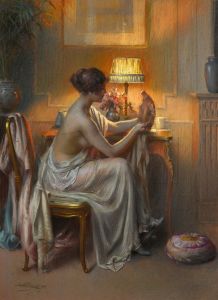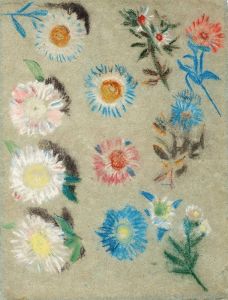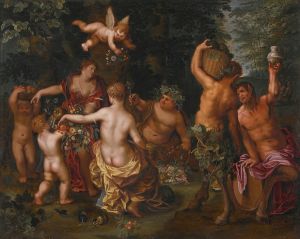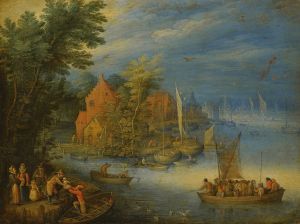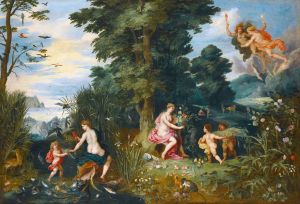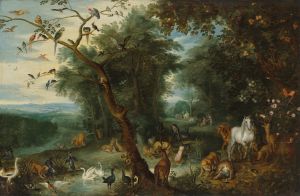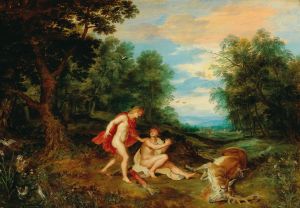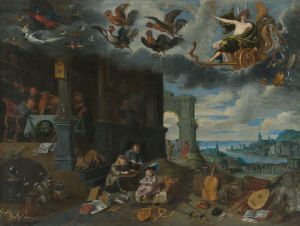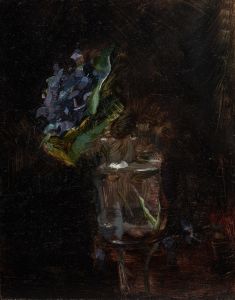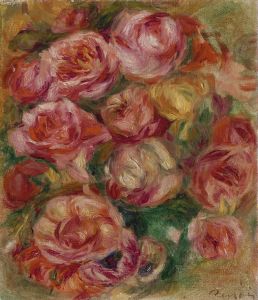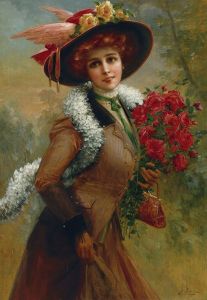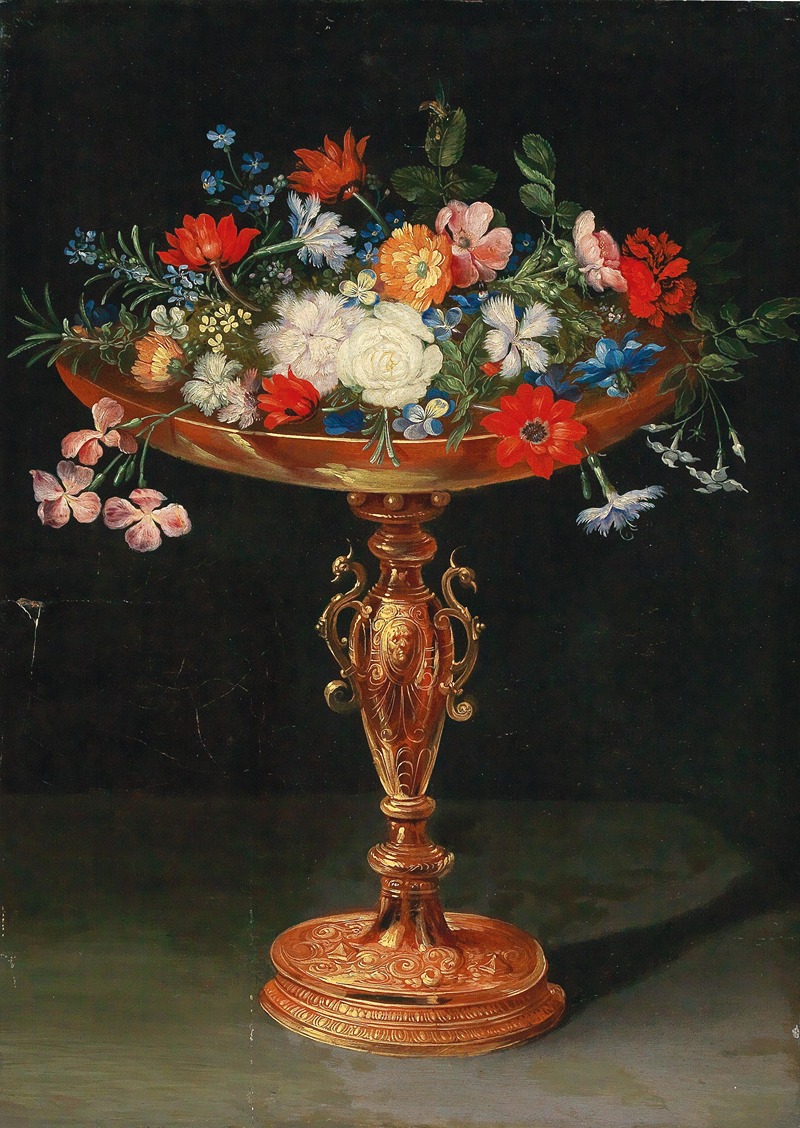
Flowers in a gilded tazza
A hand-painted replica of Jan Brueghel the Younger’s masterpiece Flowers in a gilded tazza, meticulously crafted by professional artists to capture the true essence of the original. Each piece is created with museum-quality canvas and rare mineral pigments, carefully painted by experienced artists with delicate brushstrokes and rich, layered colors to perfectly recreate the texture of the original artwork. Unlike machine-printed reproductions, this hand-painted version brings the painting to life, infused with the artist’s emotions and skill in every stroke. Whether for personal collection or home decoration, it instantly elevates the artistic atmosphere of any space.
"Flowers in a Gilded Tazza" is a still-life painting by Jan Brueghel the Younger, a prominent Flemish Baroque painter known for his detailed and vibrant depictions of flowers, landscapes, and allegorical scenes. Jan Brueghel the Younger (1601–1678) was the son of Jan Brueghel the Elder, a celebrated artist of the same genre, and he inherited his father's artistic style and workshop. The painting exemplifies the meticulous attention to detail and vibrant color palette characteristic of the Brueghel family tradition.
This artwork features an ornate gilded tazza, a shallow ornamental cup or bowl often used as a decorative object, filled with an elaborate arrangement of flowers. The composition includes a variety of blooms, such as roses, tulips, irises, and other botanicals, rendered with remarkable precision. The flowers are depicted in full bloom, showcasing their intricate textures and vivid colors. The gilded tazza itself is intricately designed, reflecting the opulence and craftsmanship of the period.
The painting is a testament to the popularity of floral still-life works during the 17th century, particularly in the Low Countries. Such works were highly sought after by wealthy patrons and collectors, as they symbolized beauty, abundance, and the fleeting nature of life. The inclusion of a gilded vessel further emphasizes the theme of luxury and refinement.
Jan Brueghel the Younger often collaborated with other artists, including Peter Paul Rubens, and was known for producing works that combined his father's techniques with his own innovations. While "Flowers in a Gilded Tazza" is attributed to Jan Brueghel the Younger, it is important to note that many of his works were created in a workshop setting, where assistants and apprentices contributed to the final product.
The painting is an example of the artist's ability to balance realism with artistic composition. The arrangement of flowers appears natural yet carefully organized to create a harmonious visual effect. The use of light and shadow enhances the three-dimensional quality of the objects, while the gilded tazza adds a sense of depth and richness to the overall composition.
As of now, the specific date of creation and the current location of "Flowers in a Gilded Tazza" are not definitively documented. However, similar works by Jan Brueghel the Younger can be found in major art collections and museums worldwide, reflecting the enduring appeal of his artistry.
This painting remains an important example of Flemish Baroque still-life art and highlights the technical skill and aesthetic sensibilities of Jan Brueghel the Younger.





